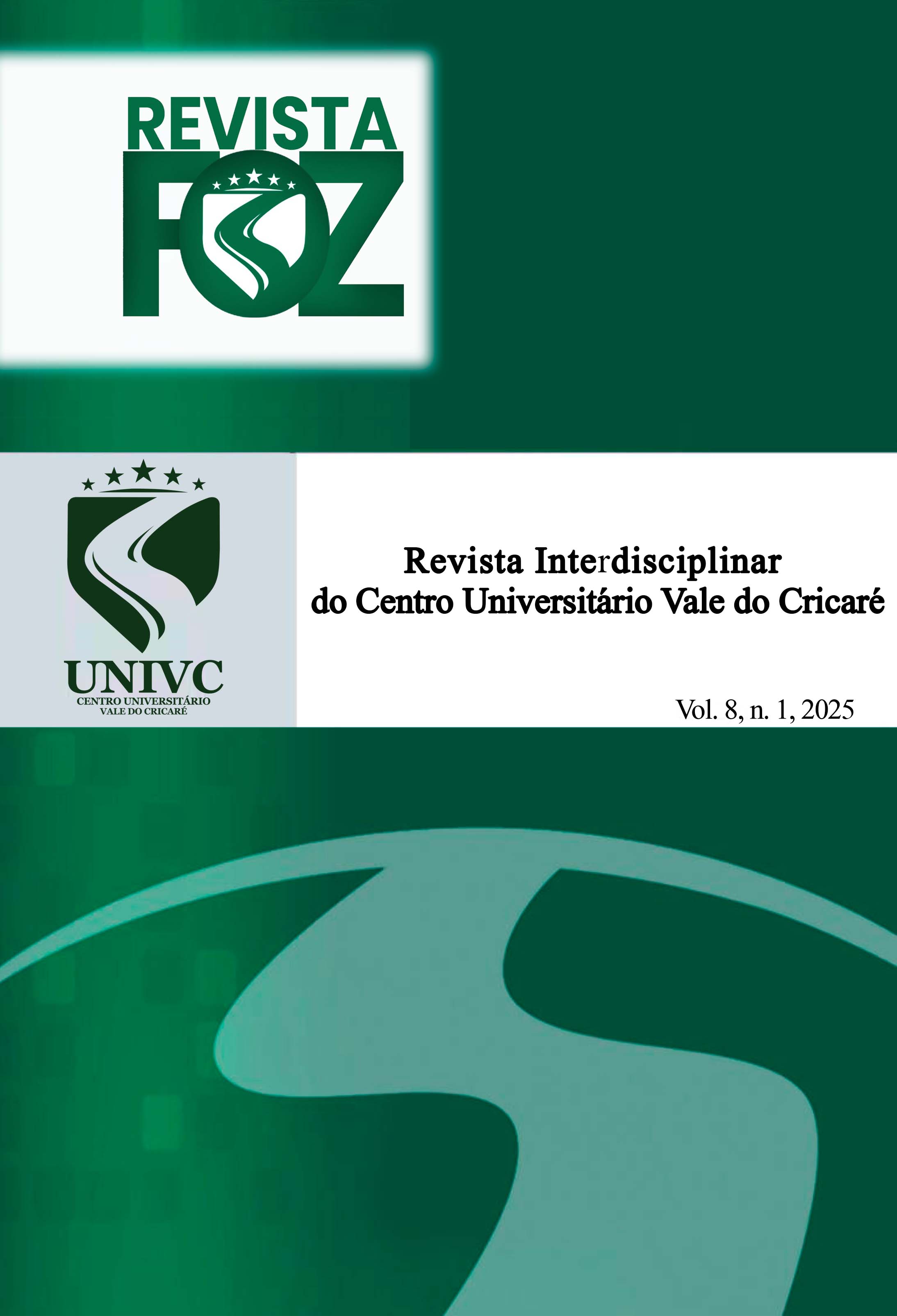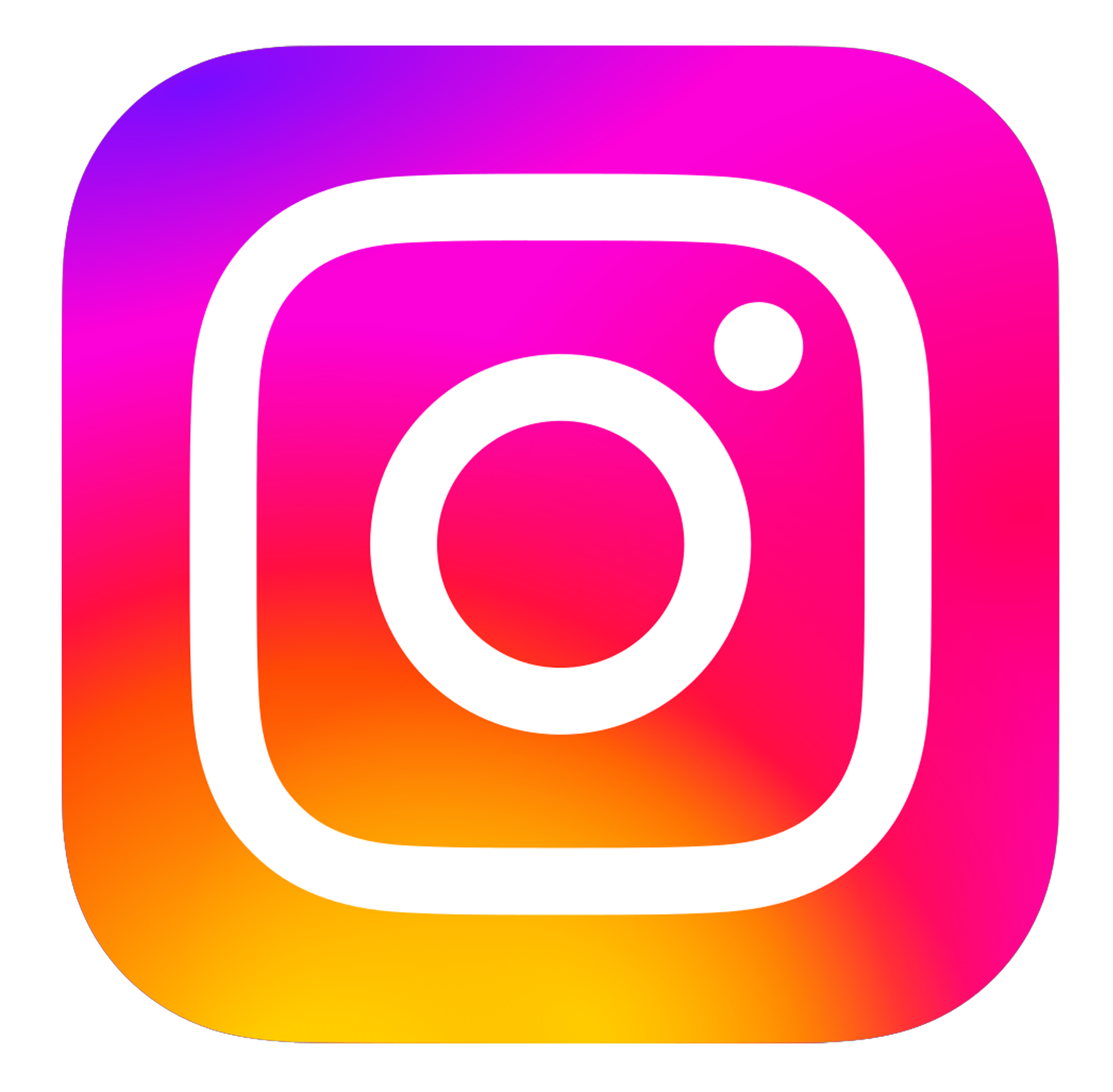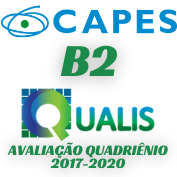Youtube as a self-directed learning tool
exploring digital culture through artificial intelligence in education
DOI:
https://doi.org/10.69872/revistafoz.v8i1.350Keywords:
YouTube, Artificial Intelligence , Copilot, Self-Directed Learning , Digital CultureAbstract
The study investigated the role of YouTube in self-directed learning, adopting a mixed-methods approach. To this end, a literature review and a case study were conducted using Artificial Intelligence (Copilot, from Microsoft) to filter educational channels. The results indicated that AI facilitates the selection of relevant content and that the audiovisual format of the platform enhances the assimilation of complex concepts, promoting a more interactive education. Thus, the research addresses the guiding question of this study: How can YouTube, in conjunction with Artificial Intelligence, enhance self-managed learning and transform the digital culture in education?
References
AGUIAR, R. F de.; SALES, F. A. de L.; OLIVEIRA, J. N. de. INTERRELAÇÃO ENTRE OS CRIADORES DE CONTEÚDO DO YOUTUBE E OS ALUNOS PARA O ENSINO E APRENDIZAGEM DE FRAÇÕES. Revista de História da Educação Matemática, [S. l.], v. 7, p. 1–15, 2021. Disponível em: https://www.histemat.com.br/index.php/HISTEMAT/article/view/397. Acesso em 05 de maio de 2024.
ARANHA, C. P.; SOUSA, R. C. de; BOTTENTUIT JUNIOR, J. B.; ROCHA, J. R.; SILVA, A. F. G. O YouTube como Ferramenta Educativa para o ensino de ciências. Olhares & Trilhas, [S. l.], v. 21, n. 1, p. 10–25, 2019. DOI: 10.14393/OT2019v21.n.1.46164. Disponível em: https://seer.ufu.br/index.php/olharesetrilhas/article/view/46164. Acesso em 05 de maio de 2024.
BARBOSA, M. N. D. et al. O YouTube Como Ferramenta Pedagógica No Ensino Superior. In: Congresso Nacional de Educação. Recife-PE. Anais V CONEDU. 2018. Disponível em: https://editorarealize.com.br/editora/anais/conedu/2018/TRABALHO_EV117_MD1_SA19_ID7083_05092018093123.pdf. Acesso em 05 de maio de 2024.
BARROS, G. da C. Educação a distância: a aprendizagem autogerida e perspectiva do professor tutor. In: CASTRO, P. A. de.; MENEZES, J. B. F. de. Tecnologias e Educação (vol. 3). Campina Grande: Realize Eventos, 2024. Disponível em: https://mail.editorarealize.com.br/editora/ebooks/conedu/2024/GT19/11022025144841-CONEDU---TECNOLOGIAS-E-EDUCACAO--VOL-3-.pdf. Acesso em: 16 mar. 2025.
BIMBATI, A. P. 7 em 10 alunos no Brasil não sabem mínimo de matemática, diz prova mundial. Uol Educação. 2023. Disponível em: <https://educacao.uol.com.br/noticias/2023/12/05/pisa-2022-alunos-brasil-desempenho-matematica.htm>. Acesso em: 11 maio. 2024.
BRASIL. Ministério da Educação. Base Nacional Comum Curricular. Brasília, 2018.
BRITO SILVA, J. M.; DE MIRANDA CERQUEIRA, L. L. PLATAFORMA YOUTUBE® COMO FERRAMENTA PARA O ENSINO DE BIOLOGIA. REAMEC - Rede Amazônica de Educação em Ciências e Matemática, Cuiabá, Brasil, v. 8, n. 2, p. 774–792, 2020. DOI: 10.26571/reamec.v8i2.10191. Disponível em: https://periodicoscientificos.ufmt.br/ojs/index.php/reamec/article/view/10191. Acesso em 05 de maio de 2024.
BURGESS, J.; GREEN, J. YouTube: Online Video and Participatory Culture. 2ª ed. Cambridge: Polity, 2018.
CAVALCANTE, L. V. O YouTube como ferramenta de aprendizagem na matemática. João Pessoa/PB: UNIVERSIDADE FEDERAL DA PARAÍBA, 2021.
COELHO, F. M. T. da S.; BOTTENTUIT JUNIOR, J. B. O Youtube como instrumento de estímulo ao processo de aprendizagem nas universidades. Revista Intersaberes, 2019. DOI: 10.22169/ri.v14i31.1612. Disponível em: https://www.revistasuninter.com/intersaberes/index.php/revista/article/view/20. Acesso em 05 de maio de 2024.
DE LIMA VELHO JUNGES, D.; GATTI, A. Estado da arte sobre o Youtube na educação. Revista Informação em Cultura (RIC), [S. l.], v. 1, n. 2, p. p. 113–131, 2019a. DOI: 10.21708/issn2674-6549.v1i2a8564.2019. Disponível em: https://periodicos.ufersa.edu.br/ric/article/view/8564. Acesso em 05 de maio de 2024.
DE LIMA VELHO JUNGES, D.; GATTI, A. Estudando por vídeos: o Youtube como ferramenta de aprendizagem. Informática na educação: teoria & prática, Porto Alegre, v. 22, n. 2, 2019b. DOI: 10.22456/1982-1654.88586. Disponível em: https://seer.ufrgs.br/index.php/InfEducTeoriaPratica/article/view/88586. Acesso em 05 de maio de 2024.
FERNANDES, A. B.; DE ARAUJO, C. S.; BURIN, G. R. E.; LIMA, L. K. A.; MEROTO, M. B. das N.; DA SILVA JÚNIOR, S. L.; SANTOS, S. M. A. V.; RIGO, T. A. T. AS CONTRIBUIÇÕES DO DESIGN INSTRUCIONAL NA APRENDIZAGEM AUTOGERIDA. Revista Contemporânea, [S. l.], v. 4, n. 1, p. 1790–1808, 2024. DOI: 10.56083/RCV4N1-098. Disponível em: https://ojs.revistacontemporanea.com/ojs/index.php/home/article/view/3037. Acesso em: 16 mar. 2025.
GIL, A. C. Como Elaborar Projetos de Pesquisa. São Paulo: Atlas, 20222.
KOUSHA, K.; THELWALL, M.; ABDOLI, M. The role of online videos in research communication: A content analysis of YouTube videos cited in academic publications. Journal of the American Society for Information Science and Technology, v. 63, n. 9, p. 1710-1727, 2012.
LIMA, M. S. O. Inteligência artificial na educação: possibilidades na prática pedagógica. 23 f. 2024. Trabalho de Conclusão de Curso (Licenciatura em Pedagogia) - Unidade Delmiro Gouveia - Campus do Sertão, Universidade Federal de Alagoas, Delmiro Gouveia, 2024. Disponível em: http://www.repositorio.ufal.br/jspui/handle/123456789/15362, acesso em 16 mar. 2025.
LIMA, V. V.; FRAQUEIRA, A. da S.; NASCIMENTO, E. L. SILVA, S. da. Novas tecnologias e educação: a evolução do processo de ensino e aprendizagem a partir da Educação 4.0 e 5.0. In: SILVA, J. A. G.; MENEZES, M. Q. de L. Integração de Tecnologias na Educação. Recife: Even3 Publicações, 2023. Disponível em: 2023120708485315172integracaodetecnologiasnaeducacao3151725.pdf. Acesso em: 16 mar. 2025.
LISBOA, R. de C. dos. S. N.; GOMES, A. T.; RENDEIRO, M. M. P. MAPAS DE APRENDIZAGEM: TUTORIAIS INTELIGENTES COMO POSSIBILIDADE DE APRENDIZAGEM AUTODIRIGIDA. XV Congresso Brasileiro de Informática em Saúde 27 a 30 de novembro - Goiânia – Brasil, BVS Saúde, 2018. Disponível em: https://docs.bvsalud.org/biblioref/2018/07/906234/anais_cbis_2016_artigos_completos-181-186.pdf. Acesso em: 16 mar. 2025.
MARCONI, M. de A.; LAKATOS, E. M. Fundamentos de Metodologia Científica. 8ª ed. São Paulo: Atlas, 2017.
MELO, M. E.; DUSO, L. Utilização de vídeos educativos de biologia no youtube por estudantes do ensino médio. ETD Educação Temática Digital, v. 24, n. 1, p. 71-90, 2022. Disponível Em: http://educa.fcc.org.br/scielo.php?script=sci_arttext&pid=S1676-25922022000100071. Acesso em 05 de maio de 2024.
NAGUMO, E.; TELES, L. F.; SILVA, L. de A. A utilização de vídeos do Youtube como suporte ao processo de aprendizagem . Revista Eletrônica de Educação, [S. l.], v. 14, p. e3757008, 2020. DOI: 10.14244/198271993757. Disponível em: https://www.reveduc.ufscar.br/index.php/reveduc/article/view/3757. Acesso em 05 de maio de 2024.
SOUSA, A. C. S. de; FECCHIO, R. L. Chatbots no apoio à educação superior: revisão de literatura. 2021. Disponível em: https://dspace.mackenzie.br/handle/10899/30969. Acesso em: 5 maio 2024.
SOUZA, M. S. de M; DA SILVA VILELA, G. Q. Videoaulas de ciências no YouTube como ferramenta educacional para o ensino fundamental na pandemia de covid-19. In: CIÊNCIA SE FAZ COM PESQUISA!... Campina Grande: Realize Editora, 2021. p. 1189-1205. Disponível em: https://editorarealize.com.br/artigo/visualizar/74045. Acesso em: 11 maio 2024.
Downloads
Published
Versions
- 2025-04-05 (2)
- 2025-03-26 (1)
How to Cite
Issue
Section
License

This work is licensed under a Creative Commons Attribution-NoDerivatives 4.0 International License.
Os autores mantêm os direitos autorais e concedem à revista o direito de publicação inicial, com o trabalho simultaneamente licenciado sob a Licença Creative Commons 4.0, Atribuição-Sem Derivações, e pelos direitos de publicação. Os autores podem publicar seus trabalhos on-line em repositórios institucionais / disciplinares ou nos seus próprios sites.











